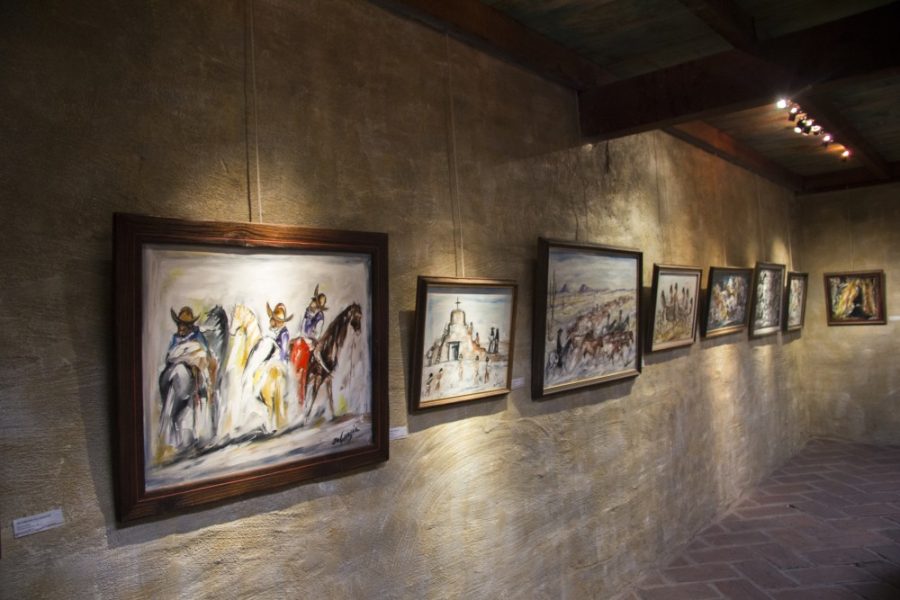Ettore “Ted” DeGrazia was an everyman’s Jack of all trades—an impressionist painter and sculptor, a composer, an architect, a director and a lithographer, among other titles. His work was all created in and inspired by the world of the Sonoran desert and the melting-pot culture it provided.
The DeGrazia Gallery in the Sun has 15,000 original DeGrazia pieces in the vault but there are more than twice scattered around the world, according to the DeGrazia website.
On Thursday June 14, the DeGrazia Gallery in the Sun celebrated the 109th birthday of the prolific artist Ettore “Ted” DeGrazia by inviting the public for free cake and ice cream.
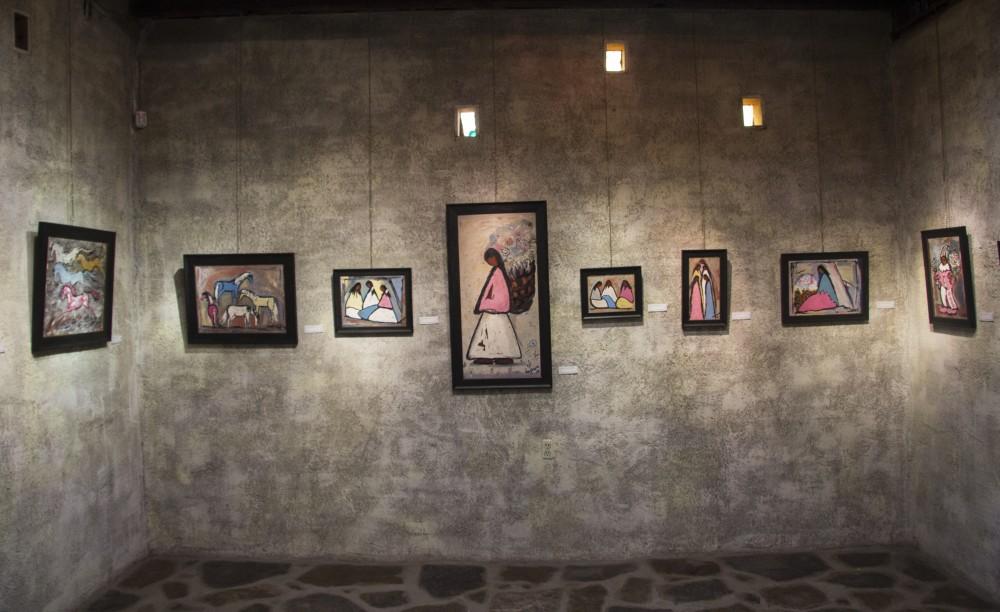
Despite passing away in 1982, DeGrazia’s presence in the world is as strong as it ever was, his mission and memory carried out by the DeGrazia Foundation and the DeGrazia Gallery in the Sun.
RELATED: Creating a horror movie “Slumber Party”
DeGrazia’s youngest son, Domingo DeGrazia, was only eight-years-old when his father died. For Domingo, the gallery is one way of learning about his father through the memory of others.
“I got to learn more about my dad after he passed through the stories that people told me about him,” Domingo said.
According to the Degrazia Gallery in the Sun executive director Lance Laber, DeGrazia’s story is one of perseverance, humanity and success.
DeGrazia came from “humble beginnings.” Born of italian immigrants into a miner’s camp in Morenci, AZ, living was a daily struggle, according to Laber.
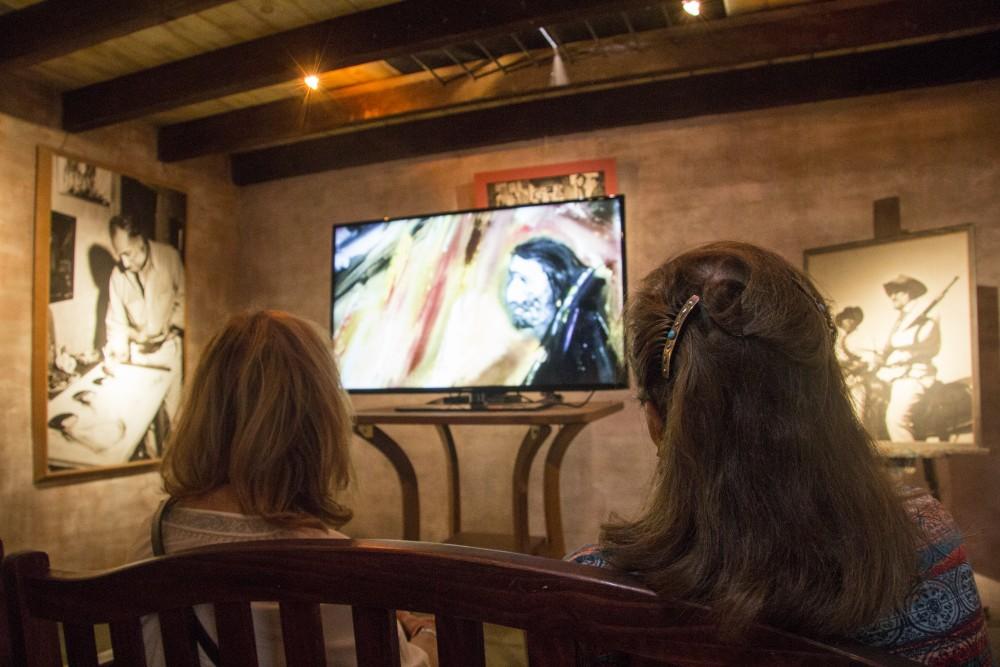
DeGrazia was raised in an ethnically diverse community in the Sonoran desert and these origins proved to serve as his greatest inspirations throughout his art career.
“A copper mine is full of color—turquoise, greens, blues,” Laber said. “It was inspirational to him.”
The mine closed for five years and in that time DeGrazia returned to Italy with his family and forgot the English language.
Upon returning to Morenci when the mine was reopened, DeGrazia was enrolled in first grade as a teenager. He graduated highschool at 23-years-old and, after some deliberation in careers, journeyed to Tucson soon thereafter to attend the University of Arizona.
DeGrazia was a remarkably cultivated artist, earning three degrees from UA. His Master’s thesis was titled “Art and Its Relation to Music in Art Education,” for which he built a color-and-sound machine to assist in his research.
He also managed to gain an internship with the masterful Mexican artists Diego Rivera and Jose Clemente Orozco after a chance encounter with Rivera in Mexico City in 1942.
During his early years as a professional artist, DeGrazia was met with little success among the higher art communities. The UA and surrounding galleries showed little interest in displaying his work.
“[DeGrazia] really had a hard time with the [higher] art community,” Laber said. “They really thought DeGrazia was a sellout because he sold commercial stuff.”
DeGrazia reproduced his own pieces in the forms of magnets and pins and other affordable trinkets, which made his work more attainable to people across the economic spectrum.
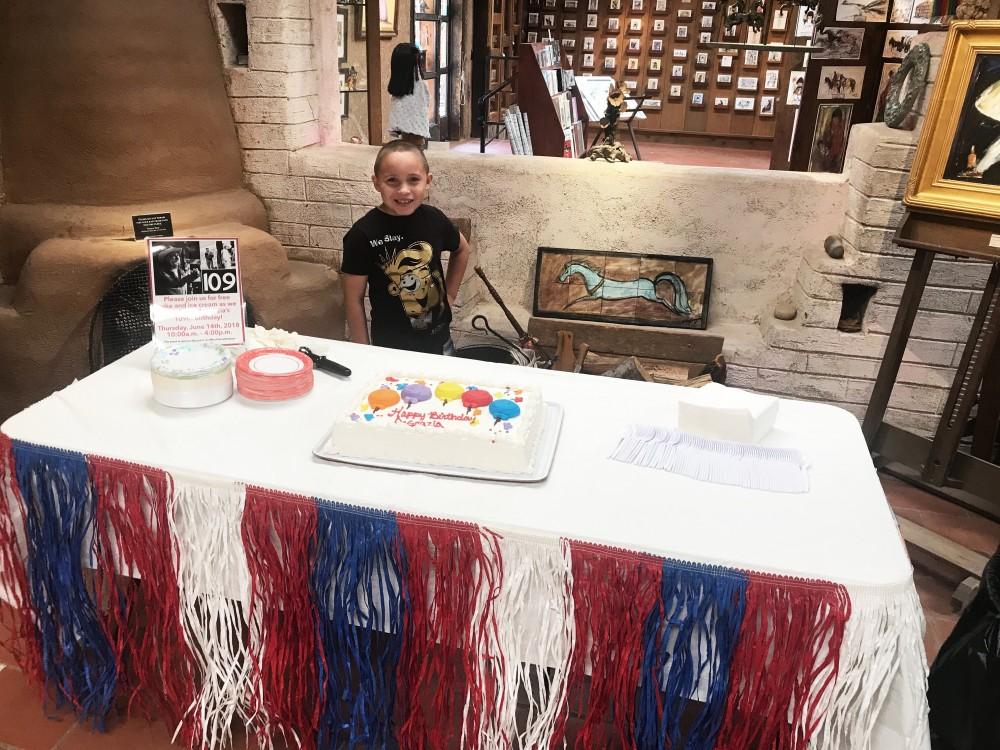
The DeGrazia Gallery in the Sun was his response to the lack of support he received from the local art community. DeGrazia and his second wife, Marion DeGrazia, bought a ten-acre plot of land in the foothills and built their own gallery from adobe.
“When you go into a museum, the building itself is built by somebody else,” said Michelle Raygoza, who has been working at the DeGrazia Gallery in the Sun for fifteen years. “Not this building. This property was made by DeGrazia himself. Everything you’re looking at and walking on is DeGrazia’s work, so it’s very different from other museums.”
With the help of his Yaqui friends, DeGrazia designed and constructed the gallery, his home and a mission built in honor of Father Eusebio Kino and dedicated to the Lady Guadalupe complete with an open roof, wall murals and a shrine.
RELATED: Ladytowne revival inspires local women
The buildings were made completely from natural and recycled materials and built with the same care and symbolic attention DeGrazia afforded his smaller projects. He made traditional adobe bricks on site and saw through his vision with his own hands.
The entrance to the gallery is an iron replica of the Yuma Territorial Prison gate. Within is a cholla cactus floor DeGrazia once compared to a “magic carpet”, straw textured and painted adobe walls, and a tumbleweed Christmas tree.
The garden itself resembles a “fairy land”, according to four-year-old Ella Rienstra, where she enjoyed feeding geckos with her six-year-old brother Nathan Rienstra.
It’s desert oasis blooming with native life from mesquite trees to cacti and wildflowers, decorated with recycled ornaments like toilet bowls, shovel heads, chains, steering wheels, hanging glass and handmade sculptures. Pathways are carved in the land with bridges made of old pipes and withered wood. At its center is a fountain overflowing with lily pads with a large metal statue of a deer dancer.
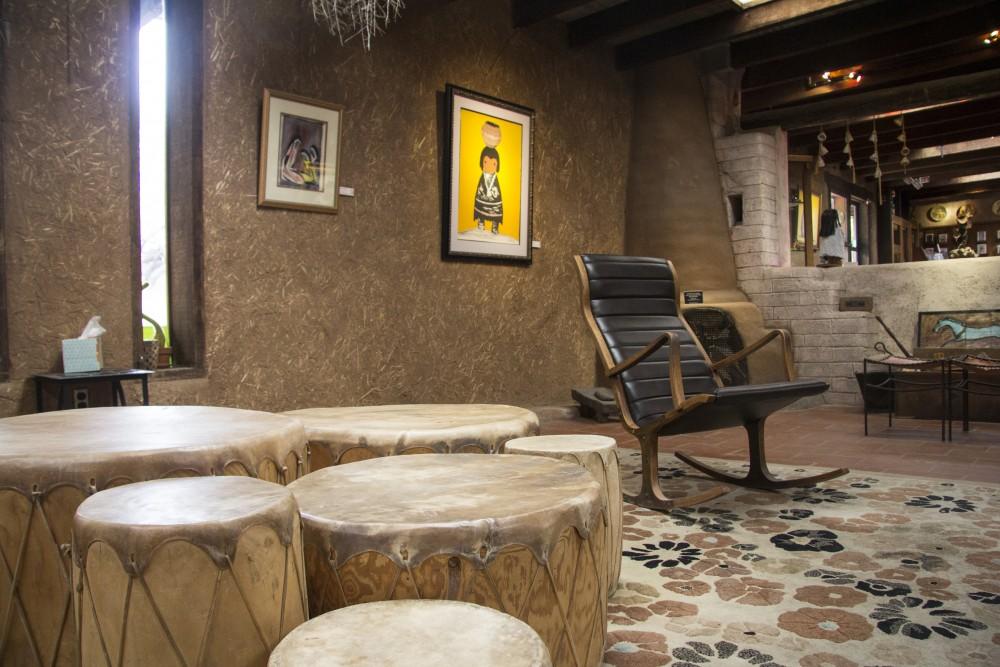
DeGrazia’s capitalistic methods of selling art were precisely the reason for his success, according to Laber. He made his art available to regular people and became the everyman’s artist.
“The one thing that really set [DeGrazia] apart was his popularity with regular people, they loved him,” Laber said. “He got no support from the real art community, but he got support from millions of people around the world.”
DeGrazia’s work often depicted Native American culture, southwestern history, Sonoran environments and culture like the rodeo and chickens.
He was particularly inspired by the history of his home, taking the time to create entire series dedicated to the stories of Father Kino, Cabeza de Vaca and many Papago Legends.
According to Domingo and Raygoza, DeGrazia’s appreciation for culture shined through in those series. DeGrazia was inspired by the journeys of those explorers who, despite their colonial beginnings, found themselves in a culture they truly wanted to be a part of.
DeGrazia respected and admired Father Kino’s dedication to helping the Native Americans, asking for nothing in return. He was inspired by Cabeza de Vaca’s perseverance in a foreign land and his willingness to integrate himself into the Native society.
Growing up in such an ethnically, culturally and environmentally diverse community, DeGrazia had more than respect for the world around him, according to Raygoza.
“He had an awareness for the state of the environment that wasn’t around in the mid-1900’s,” Raygoza said.
Today, those works remain part of the permanent collection at the DeGrazia Gallery in the Sun.
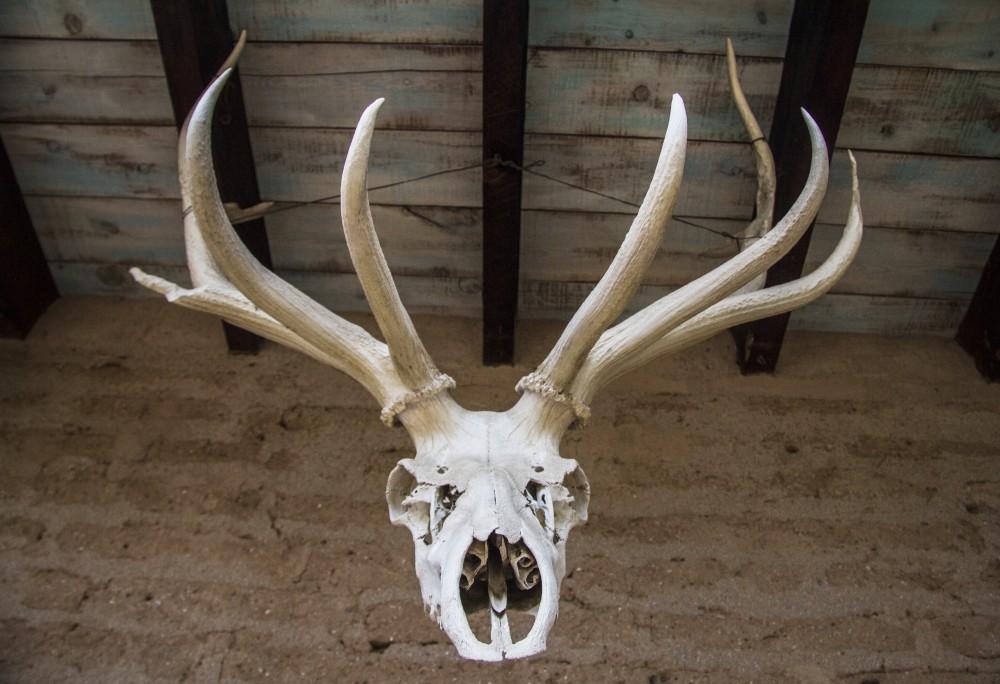
According to Raygoza, after fifteen years of working there, she still has not seen every work in the vault—his dedication to his trade and love for his community remains to be an inspiration to the guests who walk through the iron gates of the gallery.
Domingo only remembers so much of his father—fishing trips, road trips to Mexico and panning for gold. He has carried on DeGrazia’s legacy as a musician and hopes to make him proud in his work as an attorney, but he is always in awe of the real impact DeGrazia had on random strangers.
“He was always a bit of a character, but that’s what people loved about him,” Domingo said. “What strikes me is that he’s just so present still, even after he’s passed.”
Follow Daily Wildcat on Twitter



